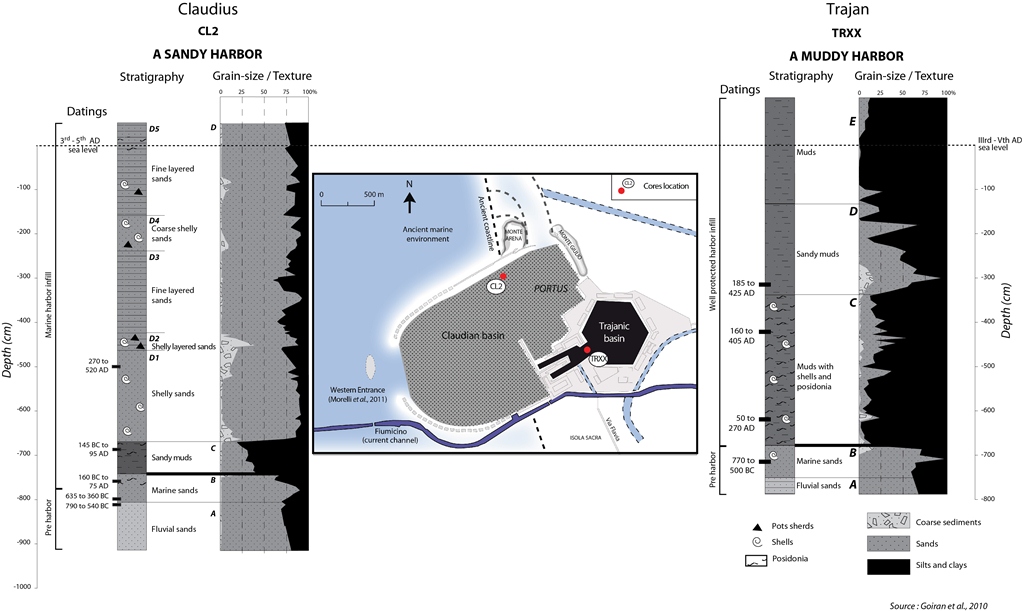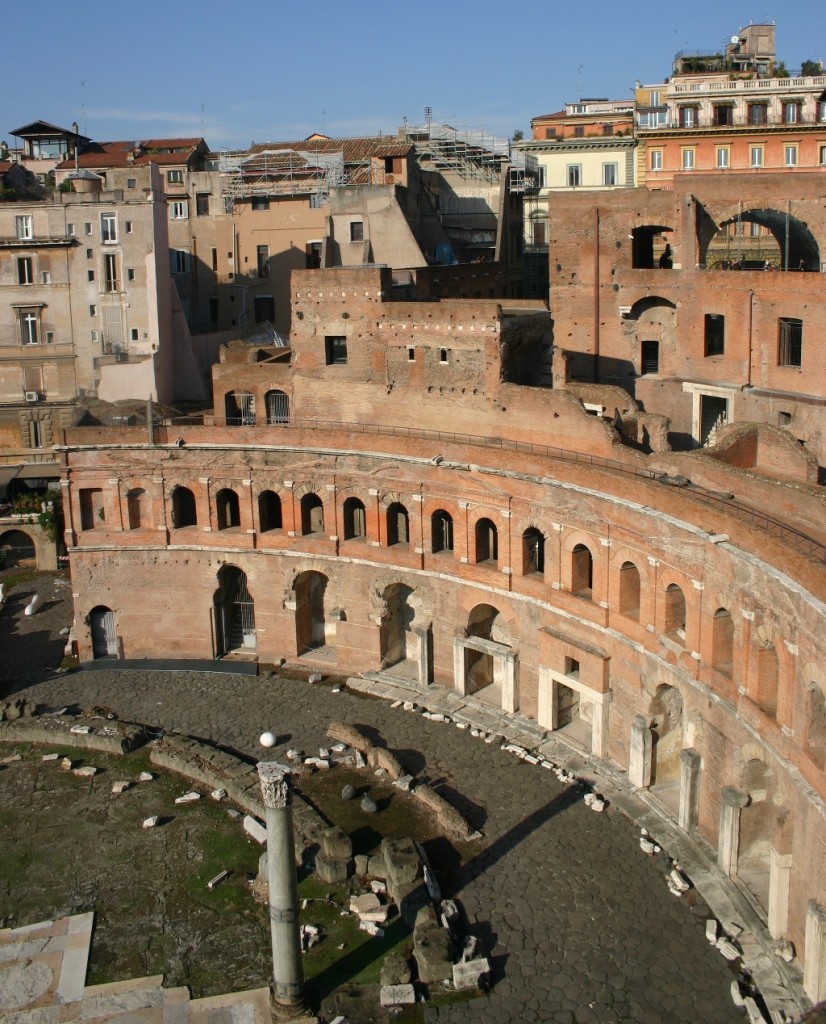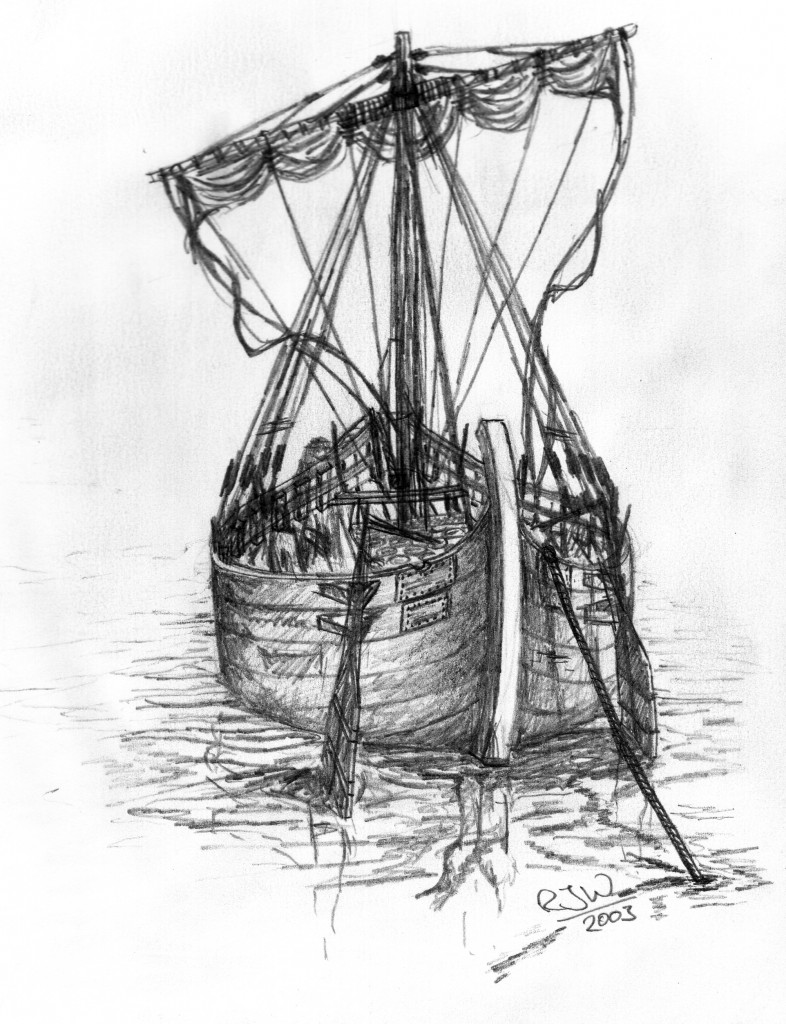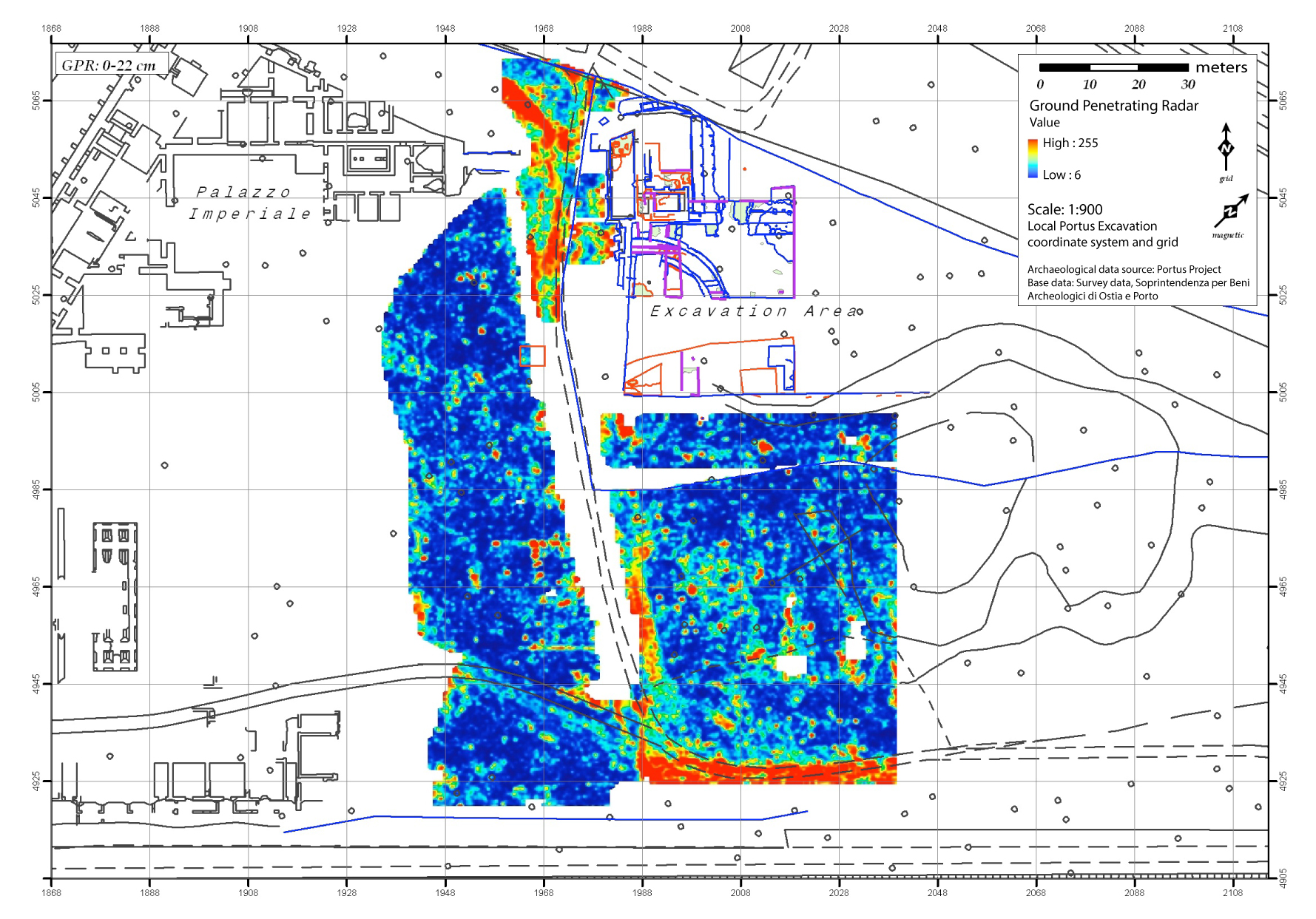Sharing links
David Potts who is a PhD student in the Archaeological Computing Research Group at Southampton has extracted the links that were shared on the platform in the first few weeks. We will update this list to help you to build your own reference collections of supplementary material. Add the end of the course we will archive these links to scoop.it and delicious.com to make them more accessible.
Continue reading →










